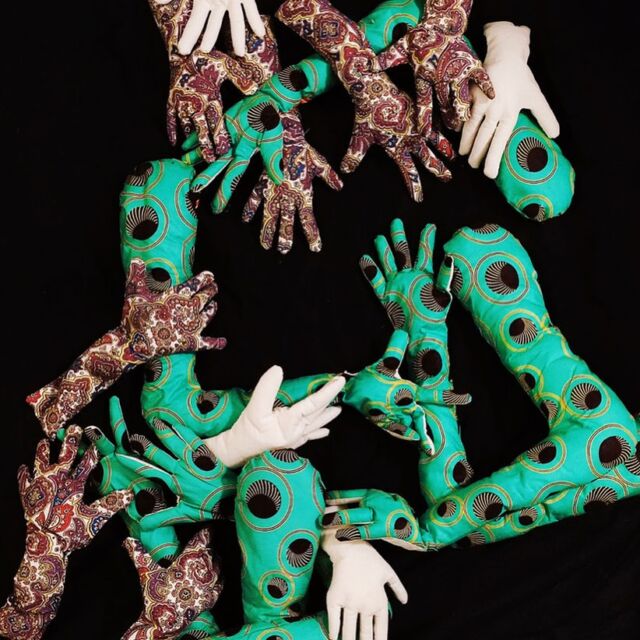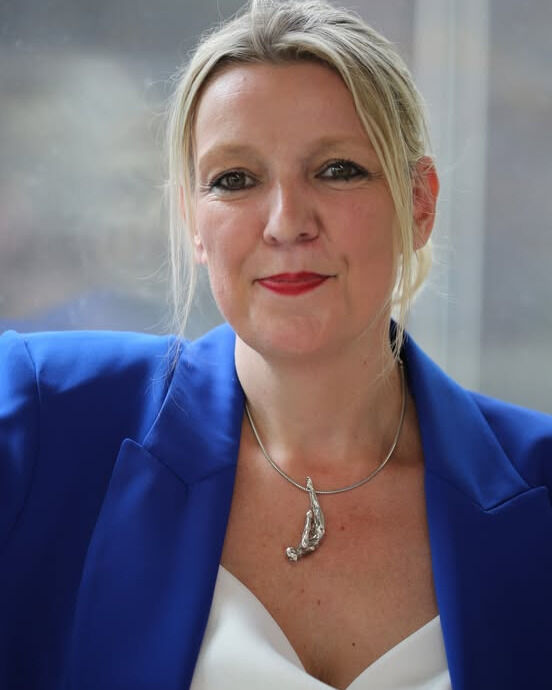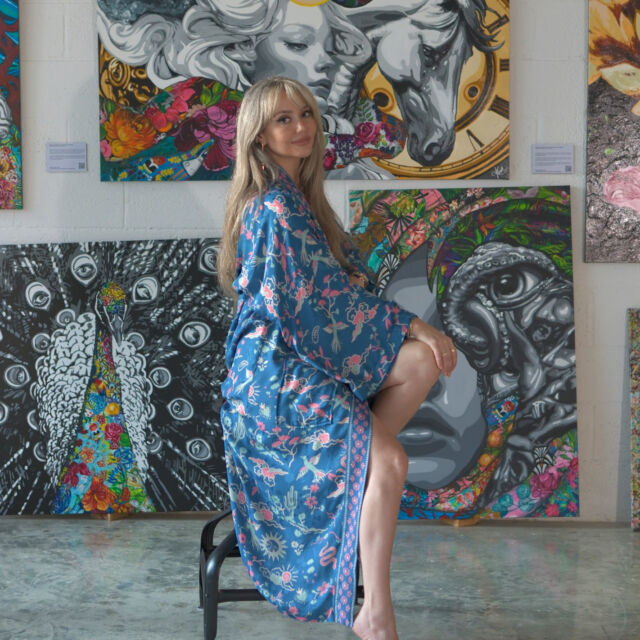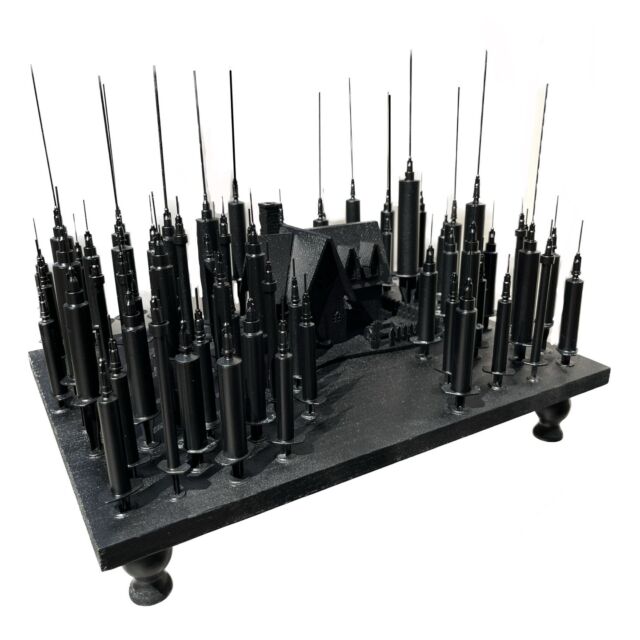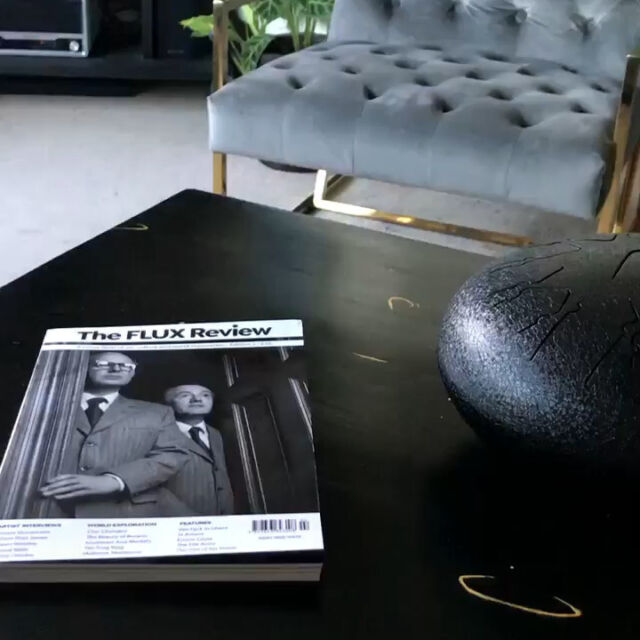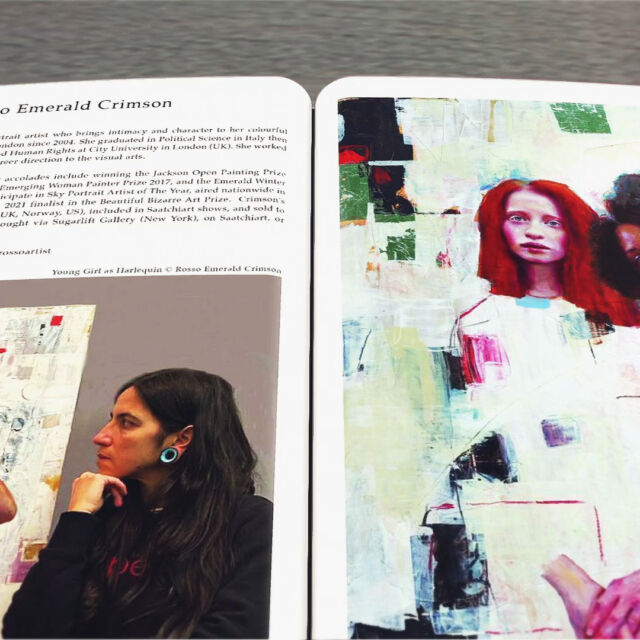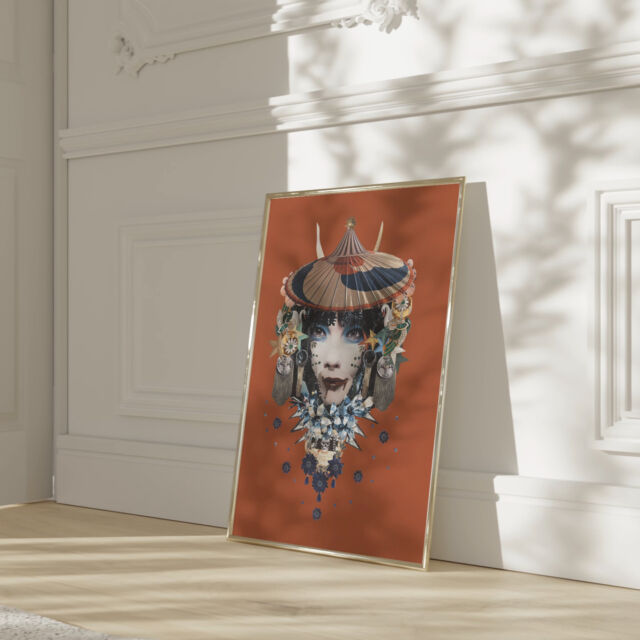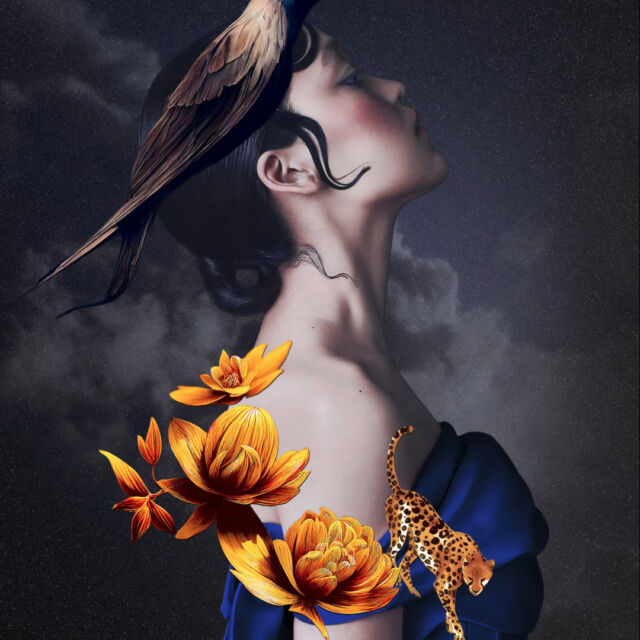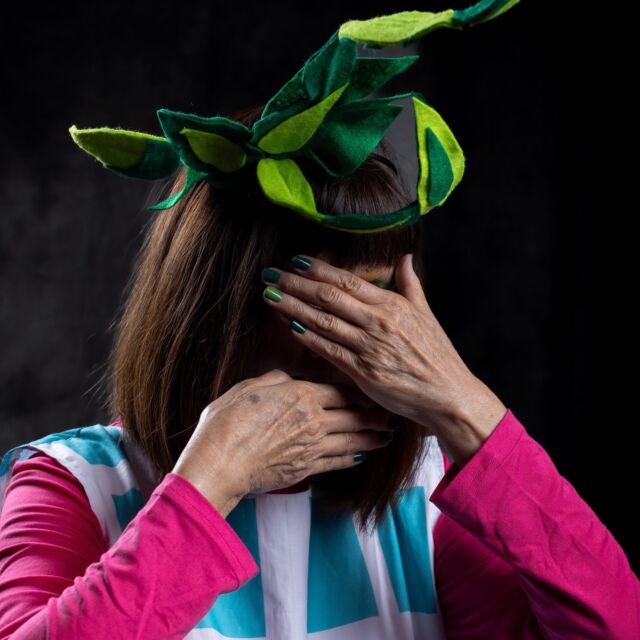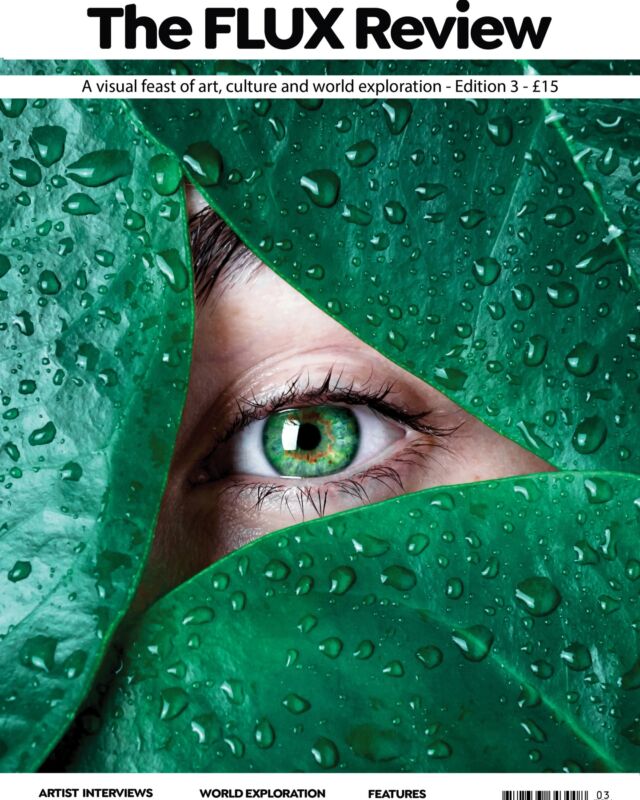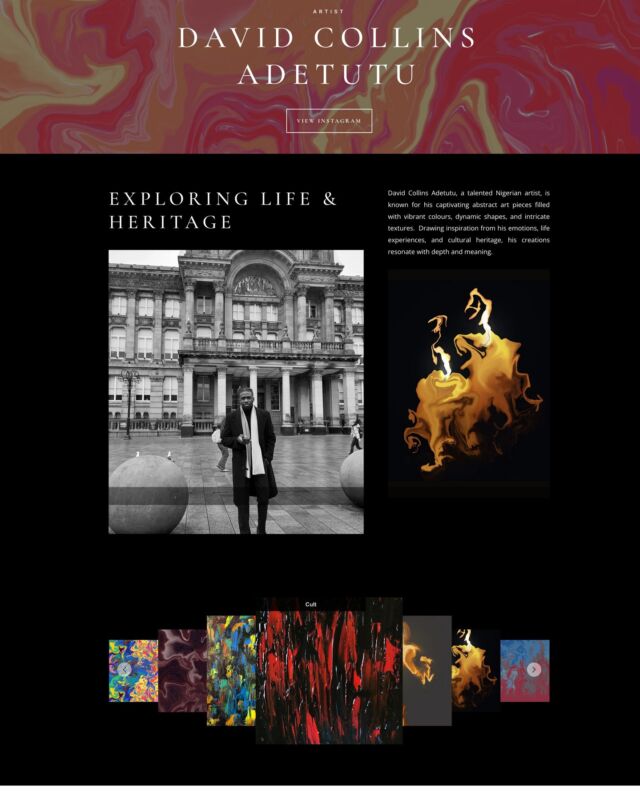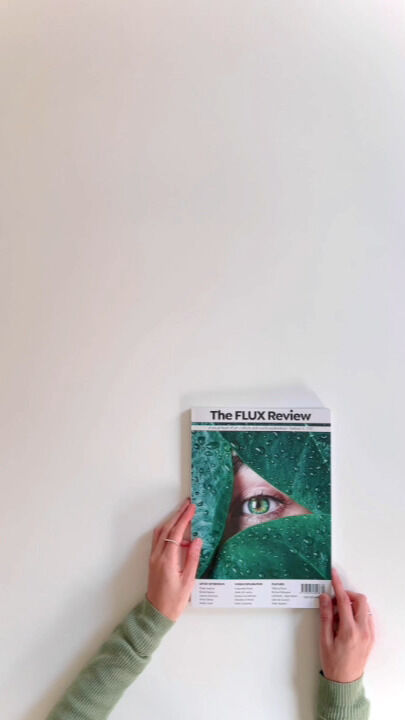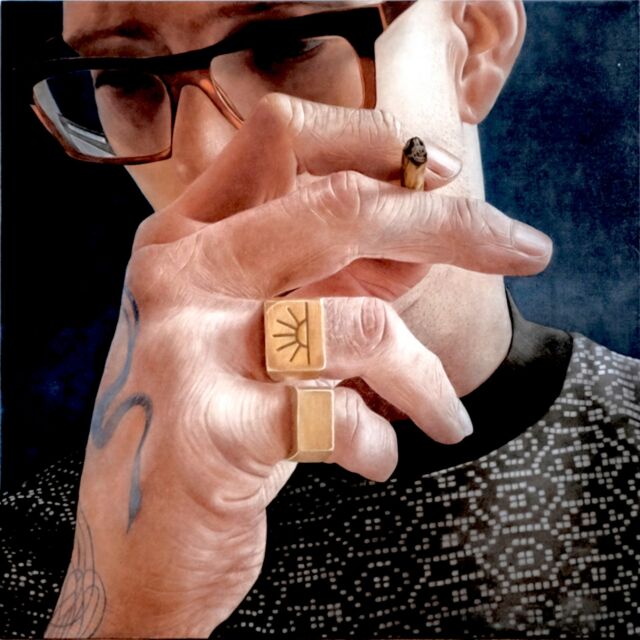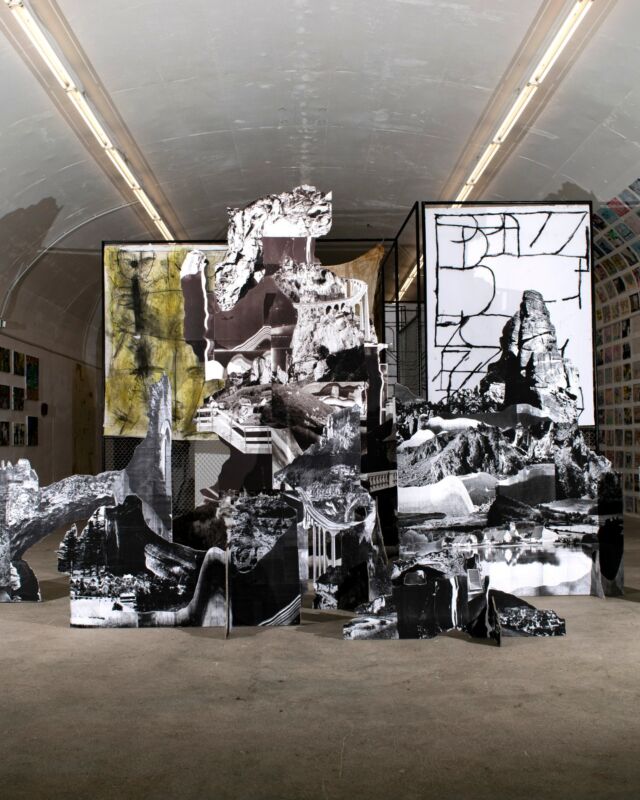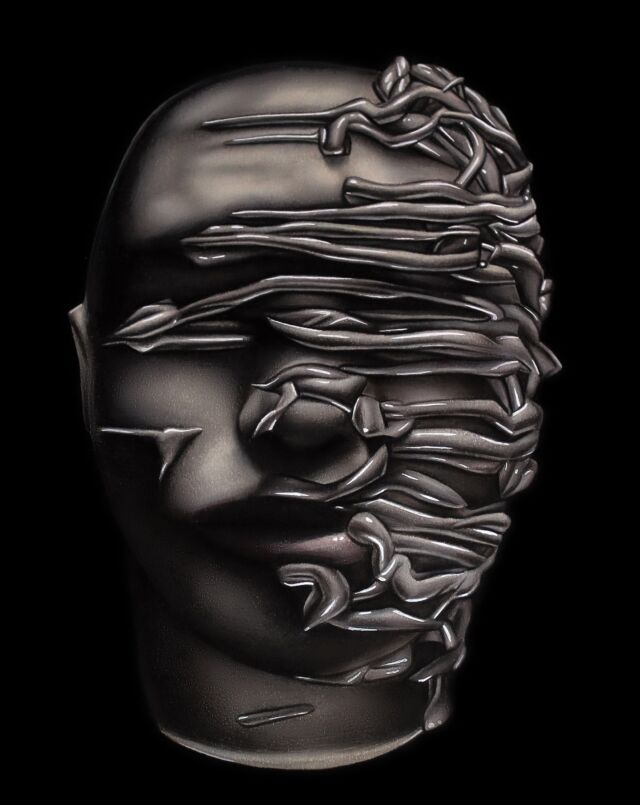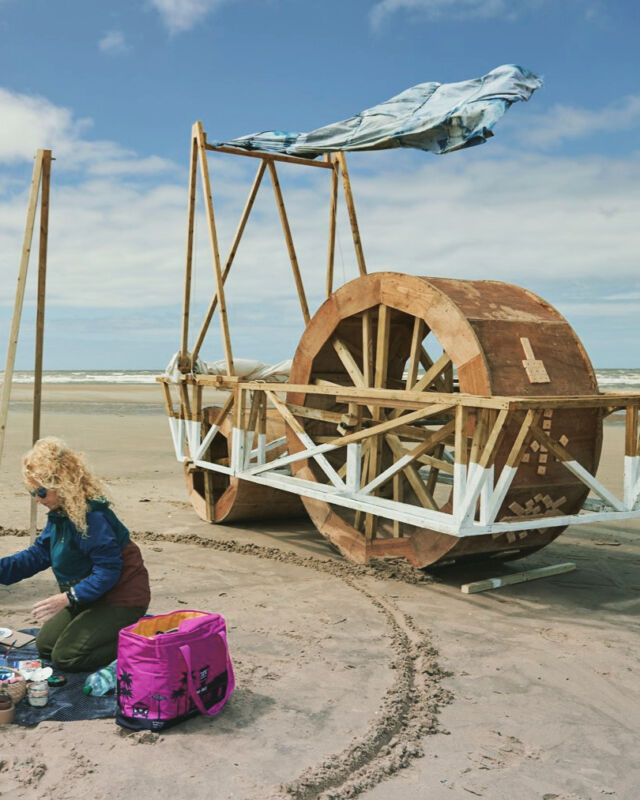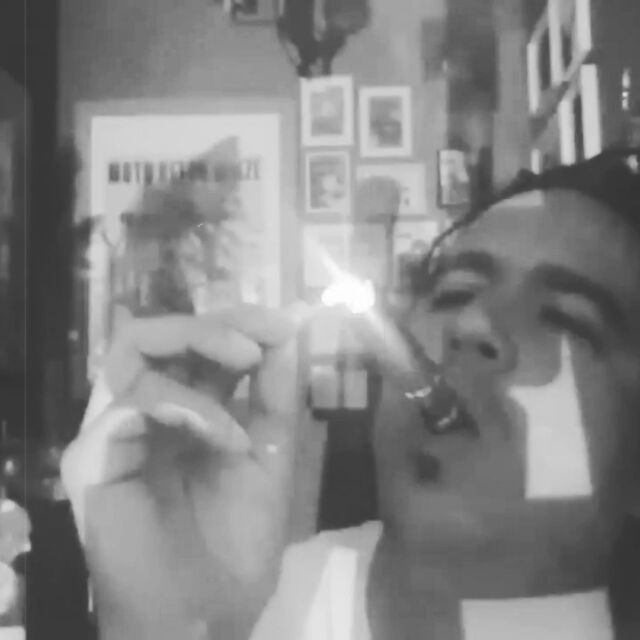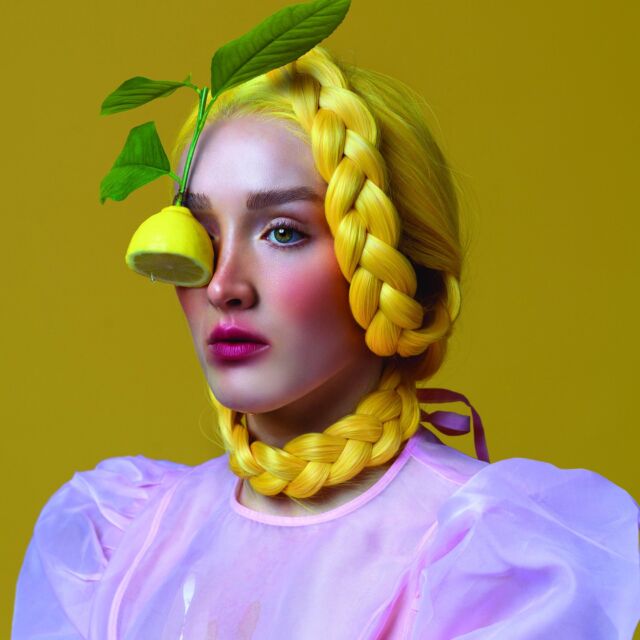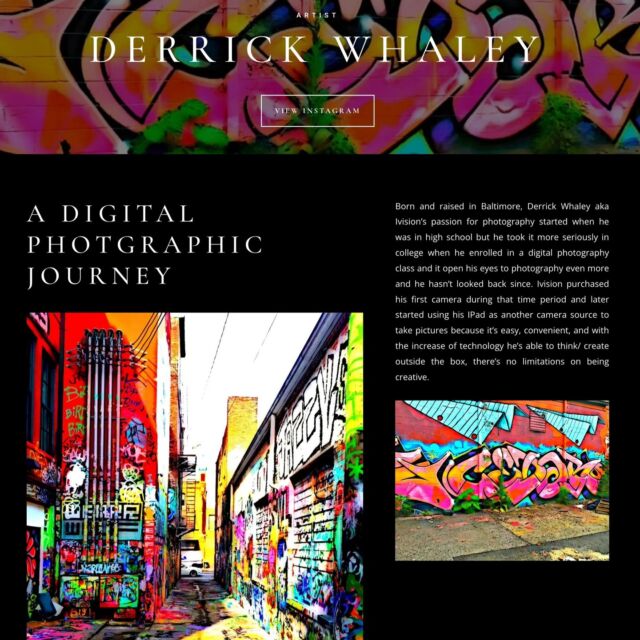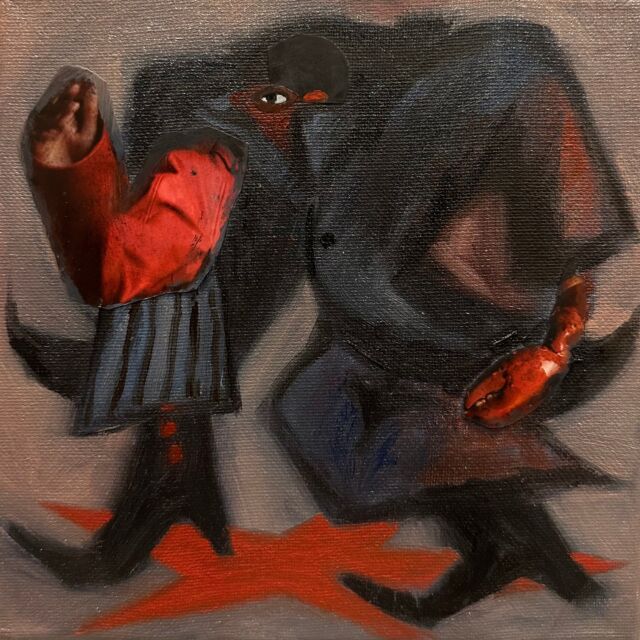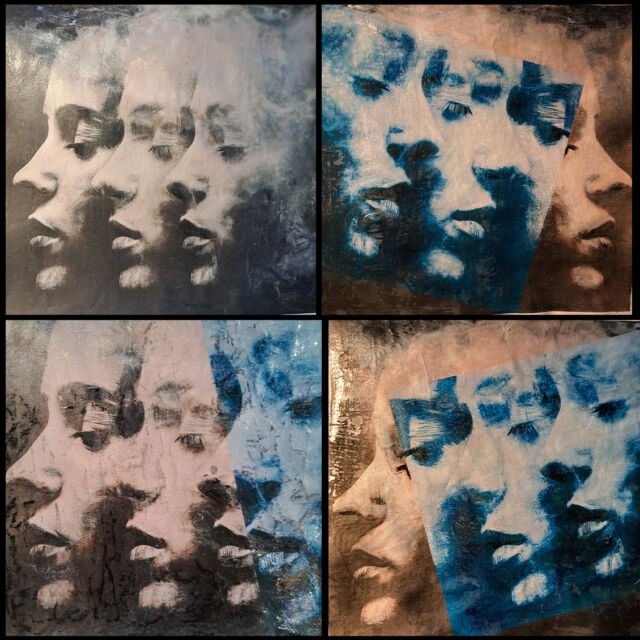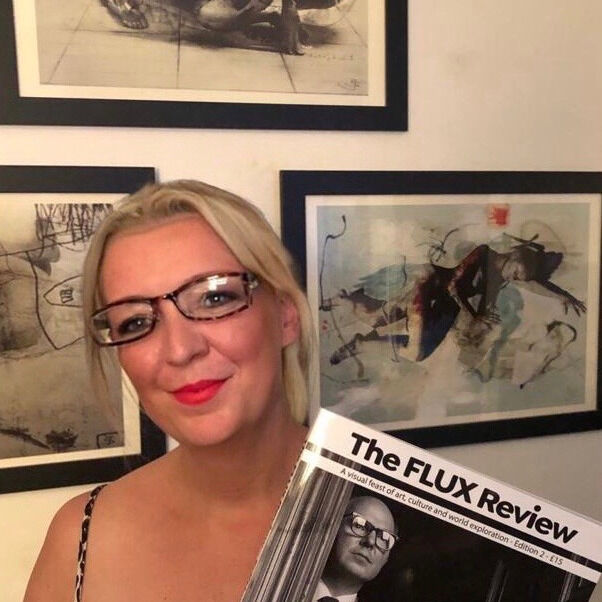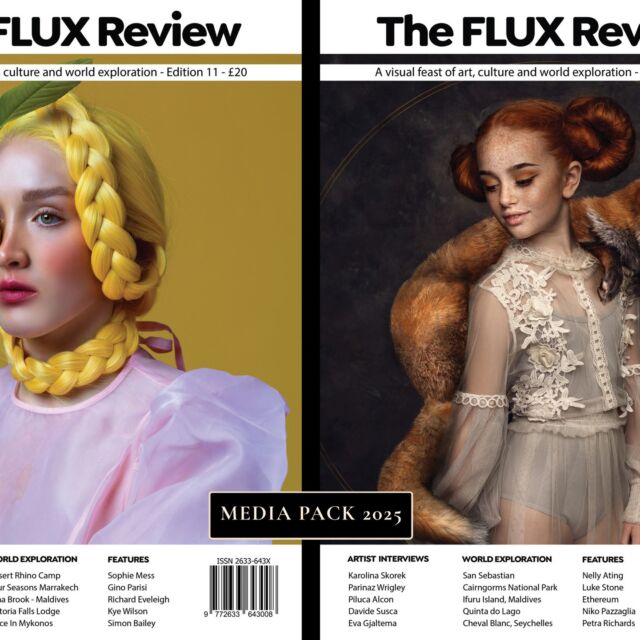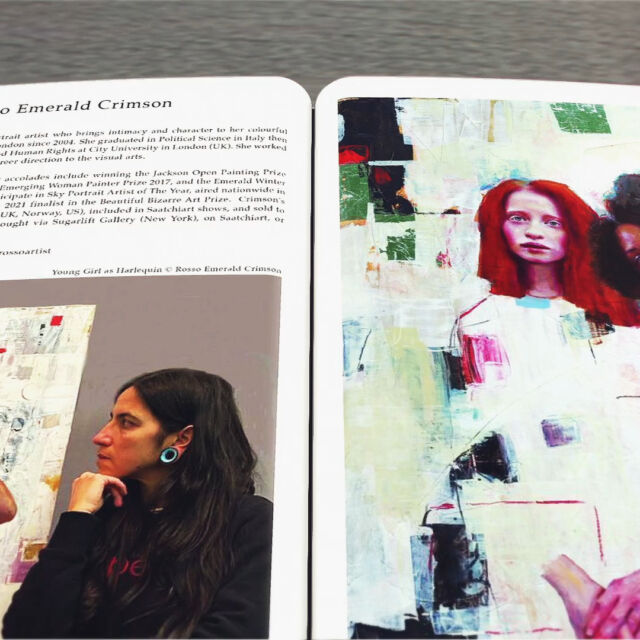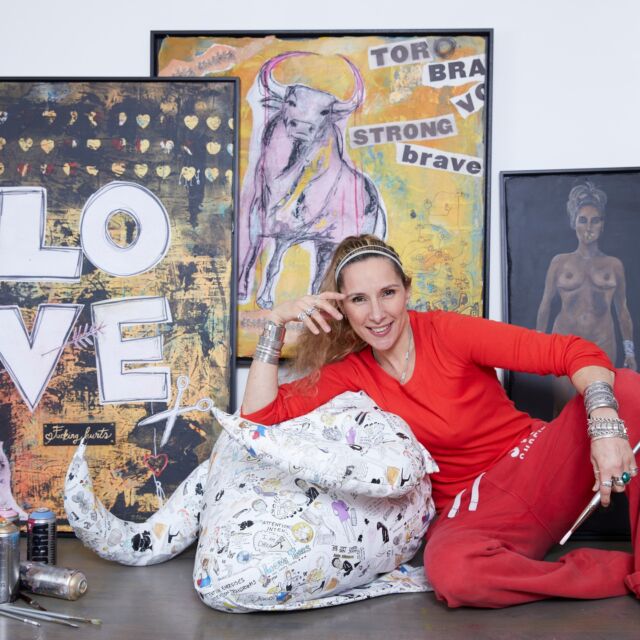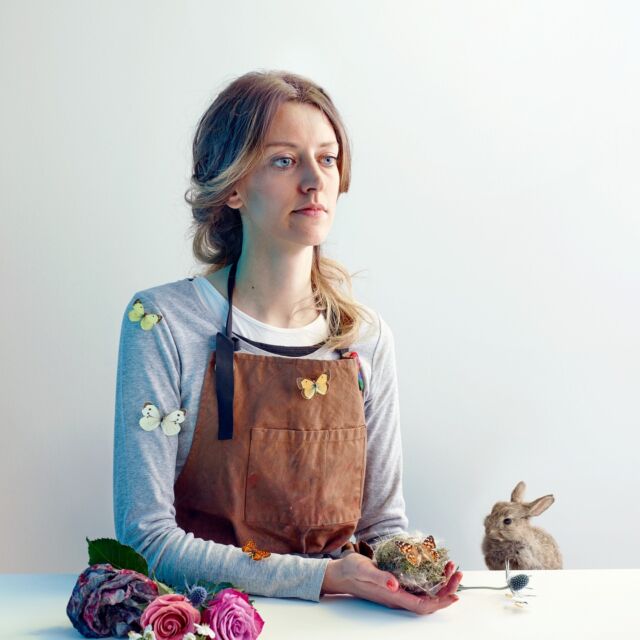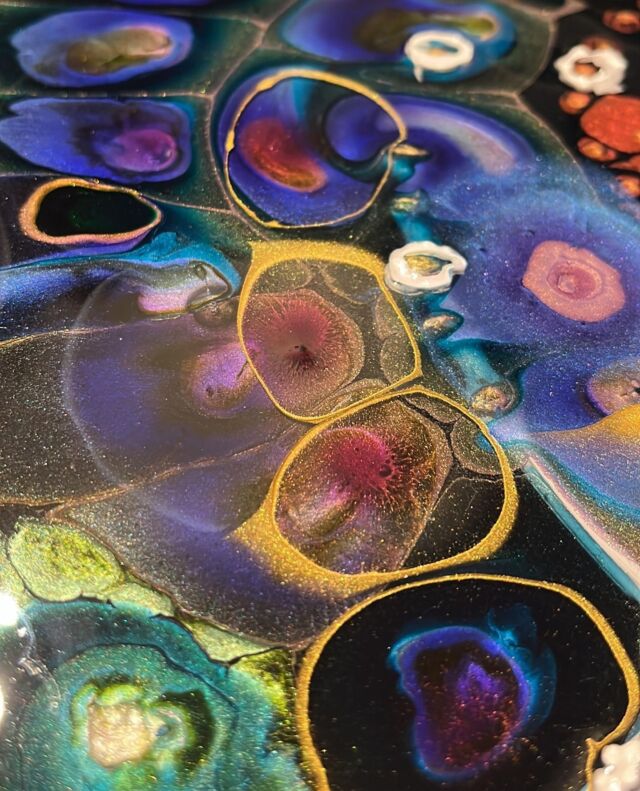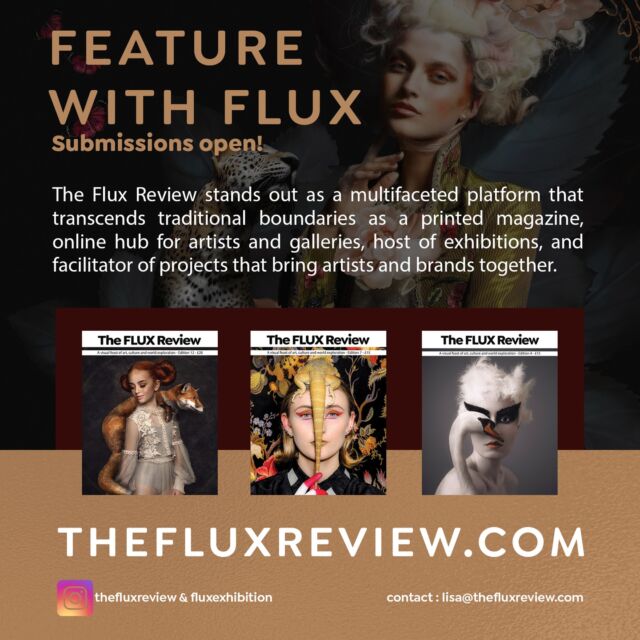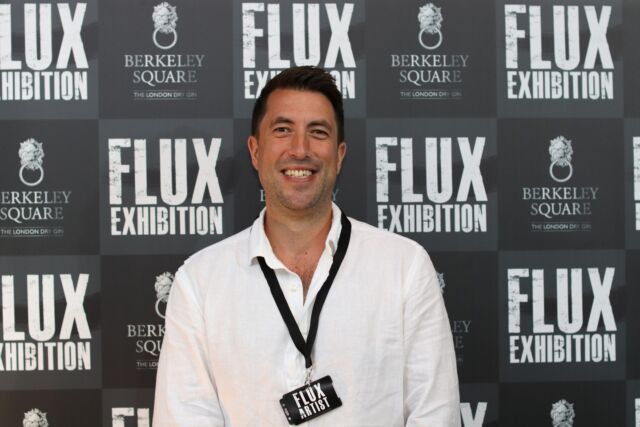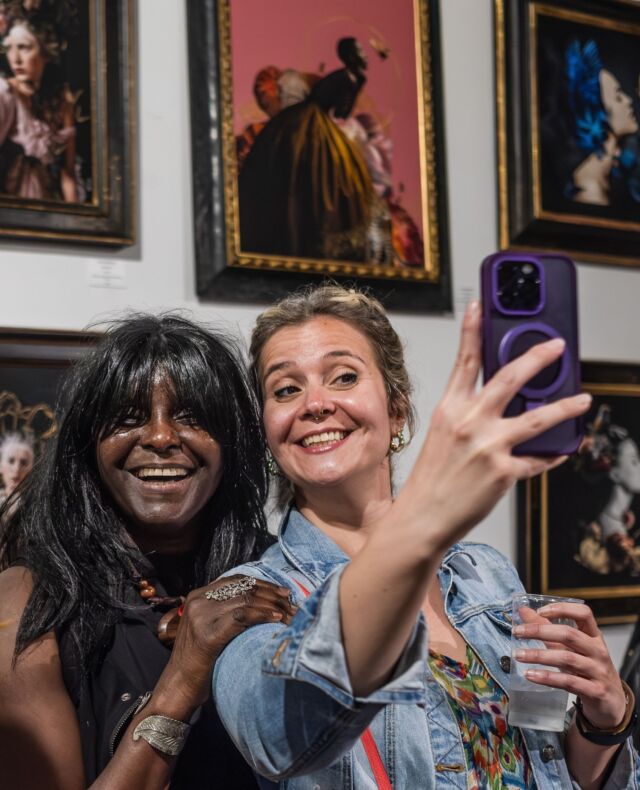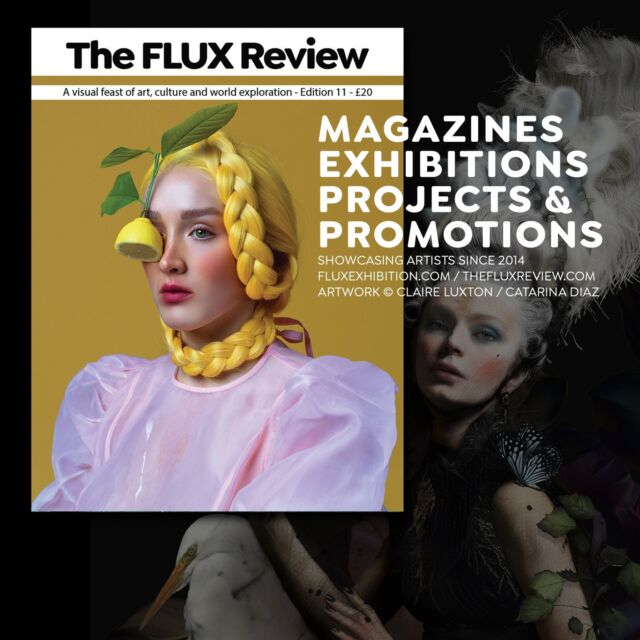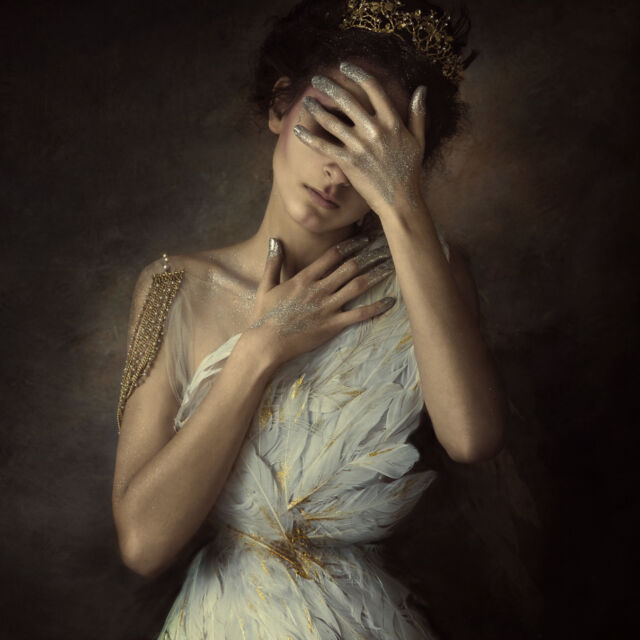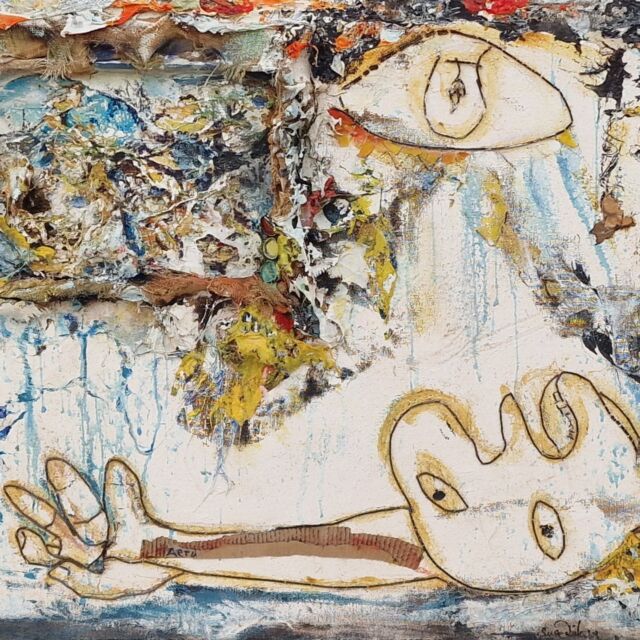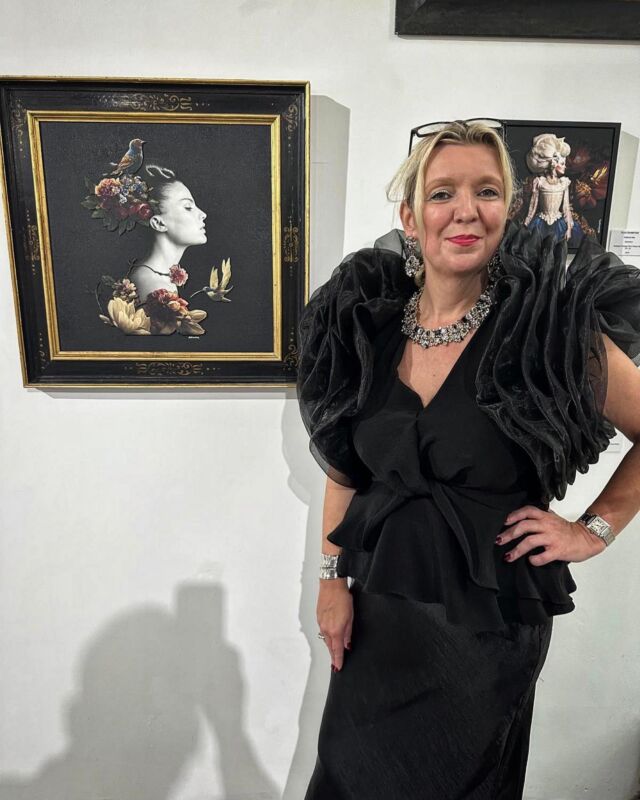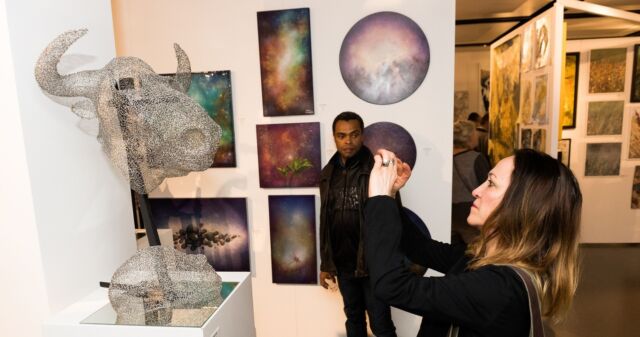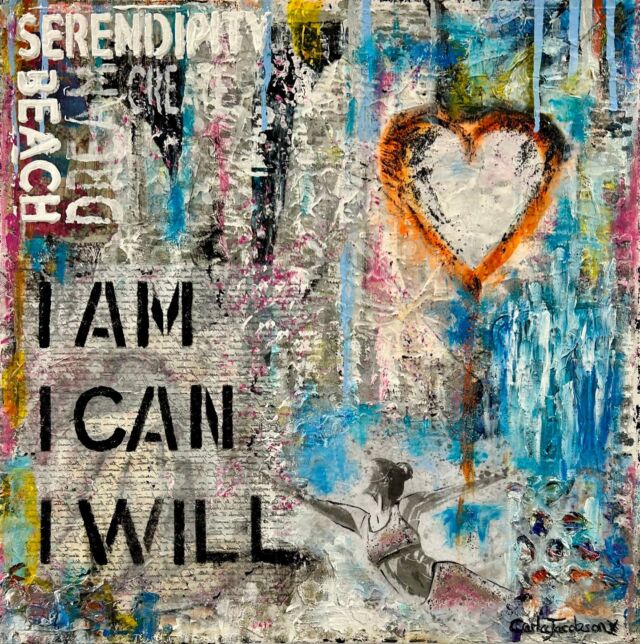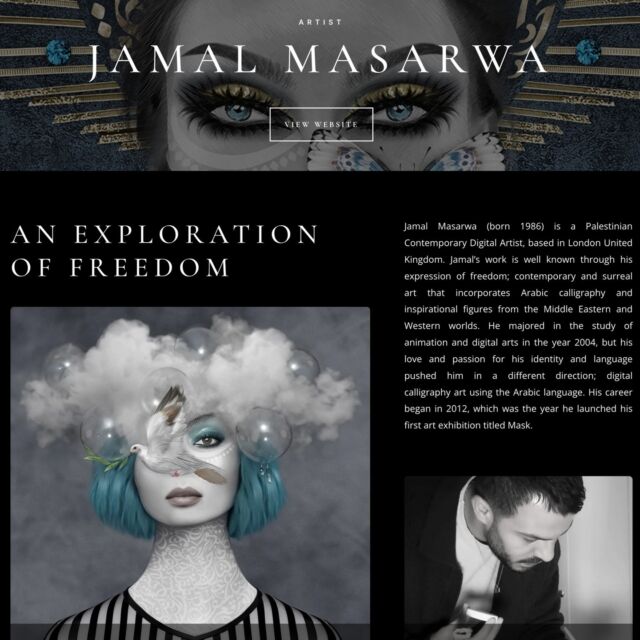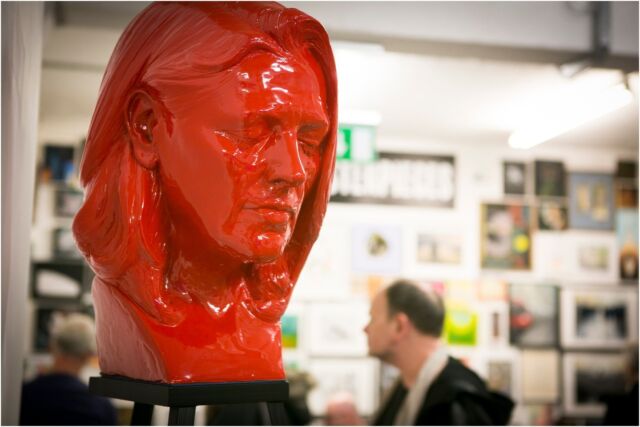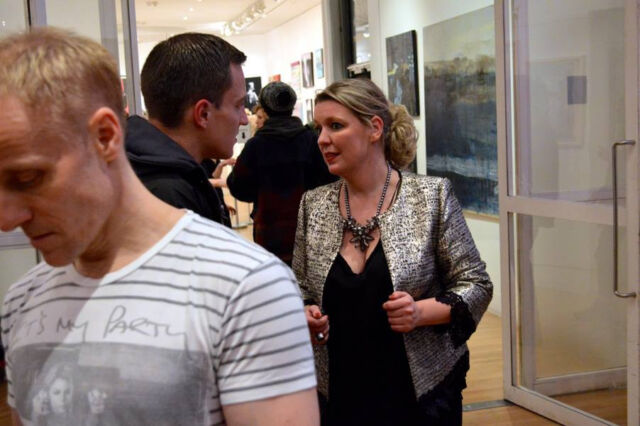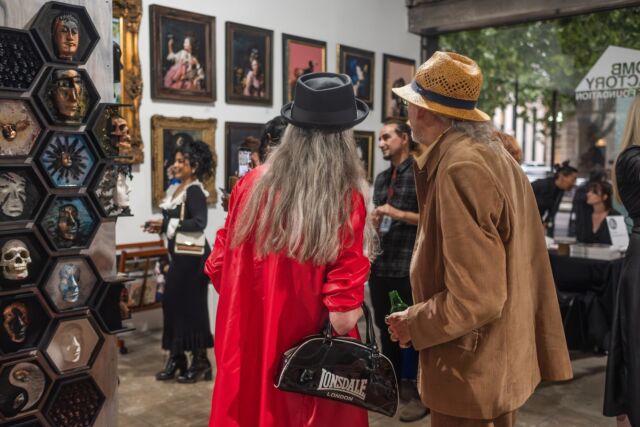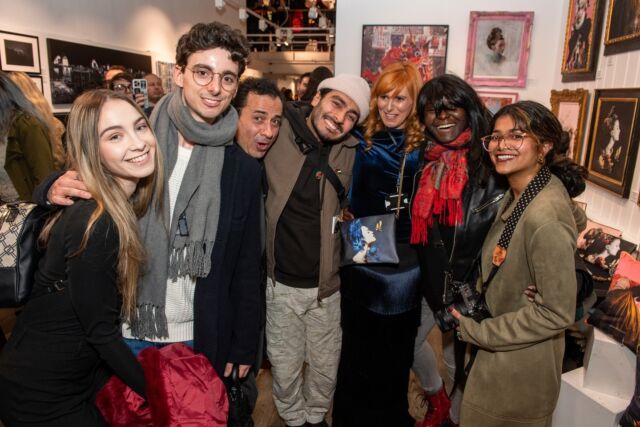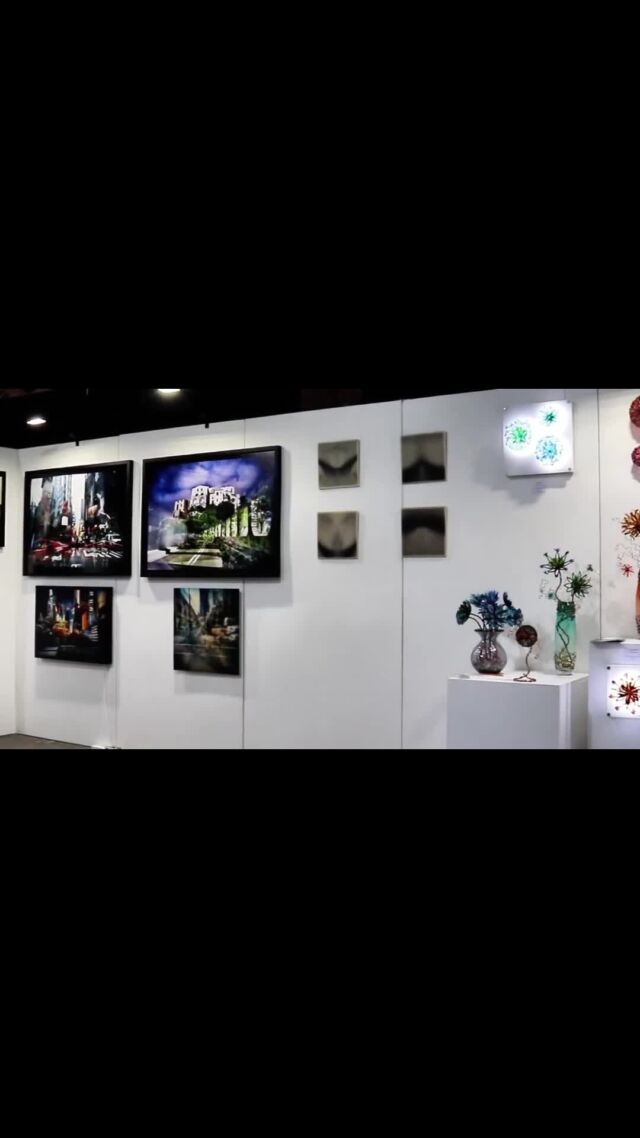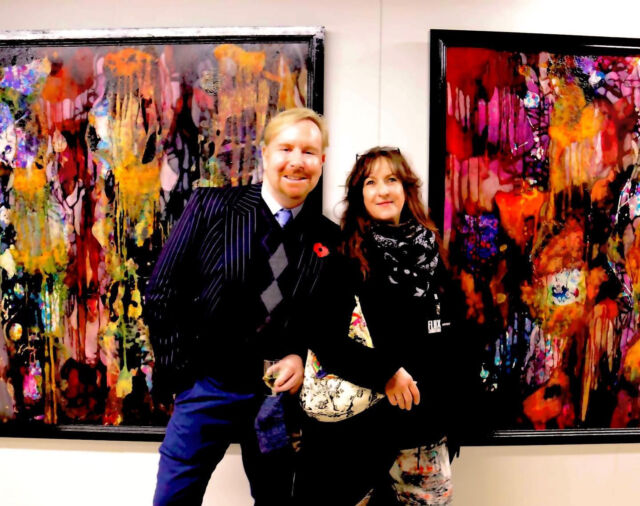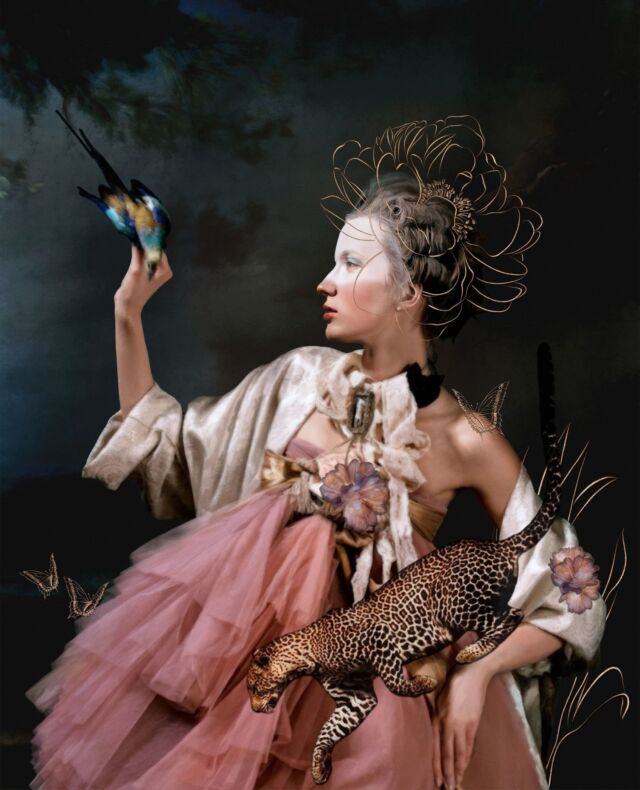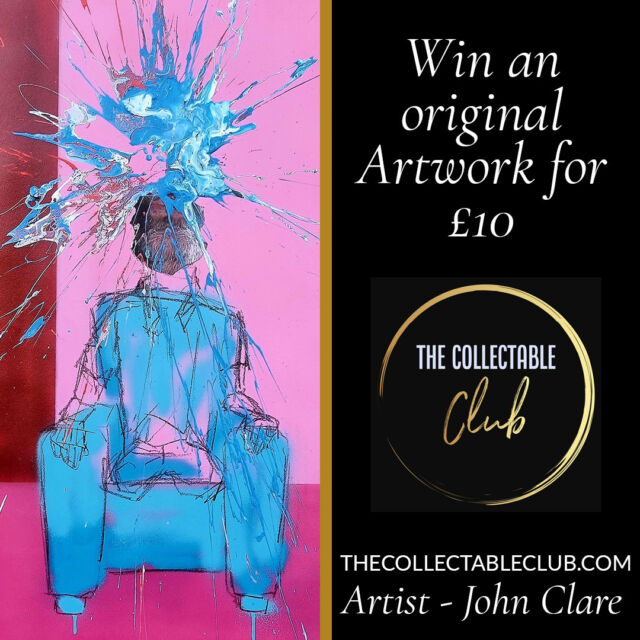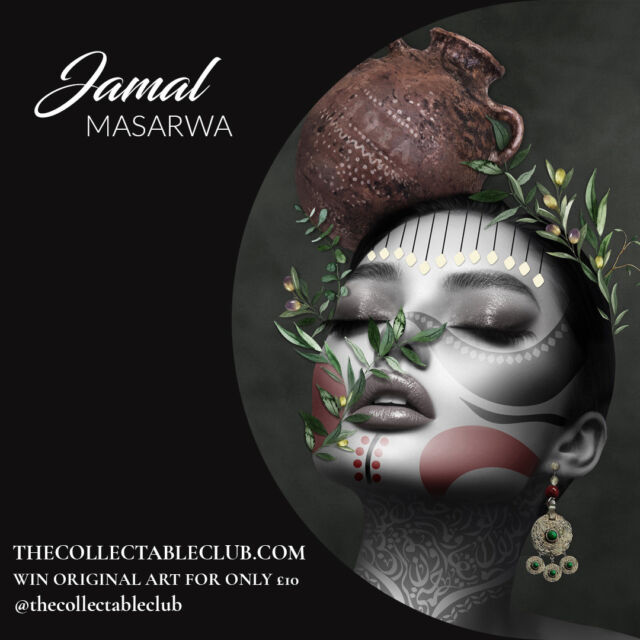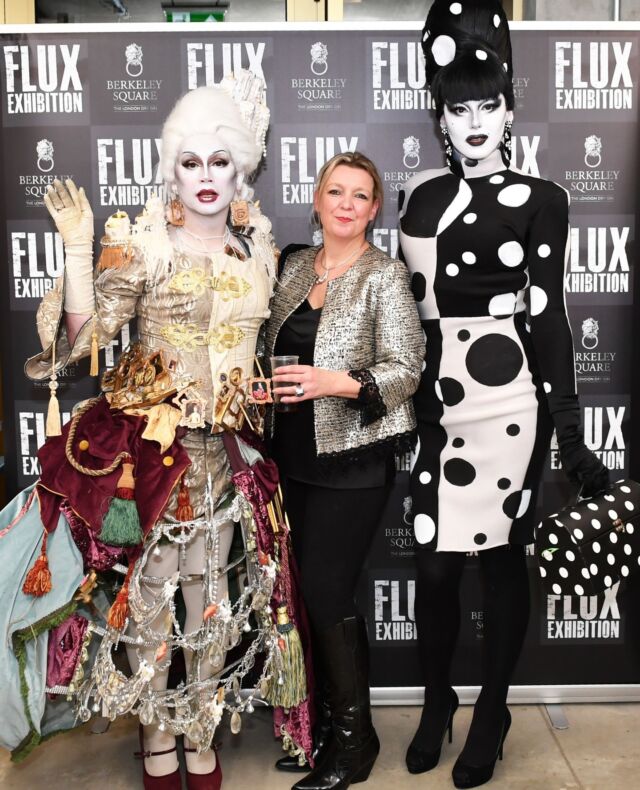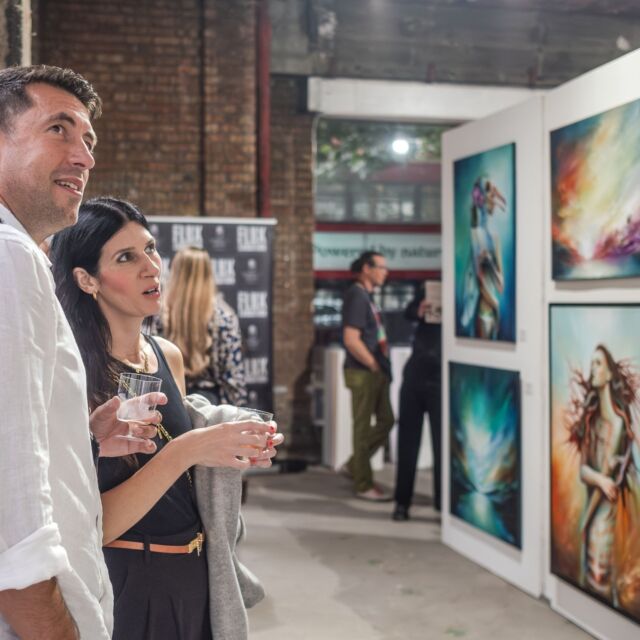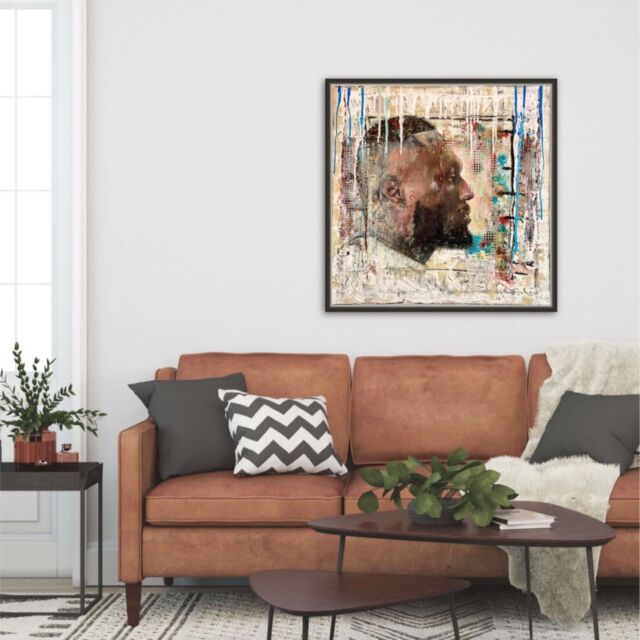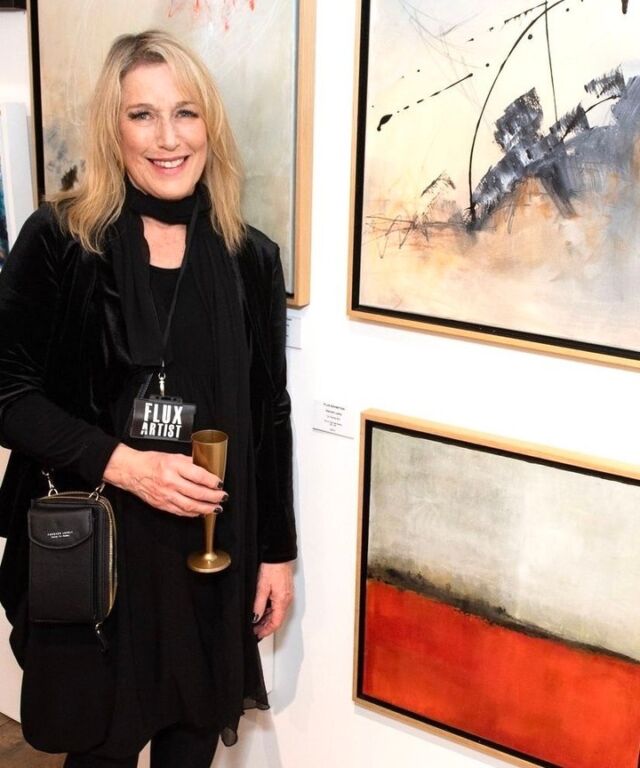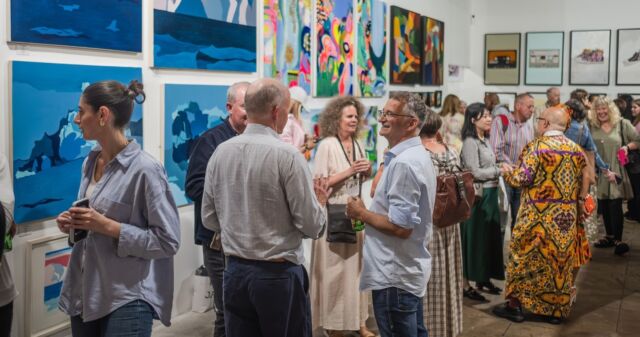
You entered the arts with such passion, holding your first solo show when you were still studying for your A-levels. Can you tell us about your journey into the profession and what inspired you to become an artist?
I have always been passionate about Art. The wonders of materials and the sensuality of them began in the sandpit, which may be the case with all nursery school children. The thing is I never lost this. In those days we played Cats Cradle with string twirled around our fingers, Jacks with metal prongs thrown into the air and caught again; the feeling of materials passing through my hands was endless and constantly renewed on each game.
I also have this strong childhood memory of teaching my mother the basic principles of perspective using boxes (which I’m sure she must have already known). She always believed in me and encouraged me though.
This passion for drawing and for the tactility of materials started long before I understood the implications of my parents being artists and this perhaps being perceived by others as ‘shadowing’ me in some way. Especially regarding my father’s huge success as a painter.
My mother’s greatest advice to me was to ‘paddle my own canoe’ and not to use the name, Freud. (Not to talk about it at all!!) This saved me in many ways, while I was trying to establish my own path in Sculpture.
When I was doing my A levels at aged 16 or 17, my tutors at Putney College decided to put on a solo show of my works. It was such a great honour to have been selected to represent their wonderful programme. I was simply Jane McAdam in those days so my Freudian connections were completely hidden and unspoken about. I think it did me good to be totally myself and be allowed to flourish alone. It certainly did my confidence good at an early age when we are generally lacking in just the thing we need.

It’s well documented that you didn’t see your father Lucian Freud for 23 years. What was it like meeting him again after such a lengthy separation?
My mother moved us to a new area in London and I didn’t see him for so long. I sort of forgot about him on a conscious level; I was sort of asleep to our connection.

I sort of surrendered to it as part of the way things were. This work called Fort Da, a Freudian concept describing a situation of the existence of ‘the other’ only when he/she is in view.
When we did reunite I was very much my own person and my father took an interest in my work. It was thrilling. I showed him photos of some of the drawings that I had done in Rome during my Scholarship. He said things to me that changed the trajectory of what I was doing. One of the most memorable was to ‘work on all scales’ mix it up. I took it as not being pigeonholed as a medalist for example. This directive, to do with variety of scale, made me feel incredibly free – to try out not just different scales and materials for my sculpture but also to try different media. I am intrigued that I am currently painting, which I thought I wouldn’t go near.

To have one of your pieces acquired by the British Museum at the age of 19 must have given your confidence as an artist an incredible boost. What was this like, and how did it impact your art?
It is terrible to say this but I had the arrogance of youth and did sort of take it for granted. Having a work acquired by the British Museum so early on made me think that this was normal. Everything started at the top in hindsight. At that time I saw museums as somewhat stuffy and hankered after being represented by a commercial gallery! This seems ridiculous now and I adore Museums now in my maturity. The BM and V&A continued to acquire my works. I think unless you already have a strong feeling of self-worth it is very difficult to really experience self-congratulatory feelings and I never did. My confidence was high and my self-worth was low if that makes any sense. I experienced both feelings of victory and a sort of ambivalence. Sad that the victory feeling was marred with ambivalence although in hindsight it is sort of inevitable with all that repressed knowledge about being my father’s daughter, but not being able to celebrate it in any way in case I offended my mother or went against her advice.

Inspiration for this painting Which Way is Up?
It is the question we are all asking at the moment.

With such a vast body of work, you must have some pieces that hold more special meaning – can you tell us about any of the artwork that has affected you emotionally more than others?
Strangely it is a series of drawings I made in 1999 in preparation for a sculpture working from my half sister Annabel. The drawing I show above was acquired by the Department of Prints and Drawings at the V&A in 2001. Also, other charged works were the drawings, reliefs and sculptures I did working from my father at the end of his life.
As these works are emotionally charged I don’t like to talk too much about them. I have some very early small bronze works from 1989-90 that also hold that emotional charge for me, as they were made during very intense periods of my life, relationship-wise.

You carved out a very successful career and were collected and honoured as Jane McAdam. Was it important that people respected you as an artist in your own right without knowing your family provenance?
My wonderful wise mother knew this was important and advised me to keep quiet about my heritage as I said earlier. Somehow she seemed to know everything in advance! As perhaps many children do I thought my mother was a magical creature. The work shown directly above is called Eros and Thanatos: Psychologically speaking, the bath of tepid water, albeit comfortable, is said to be ‘akin to death’. If we stay too comfortable we do not achieve perhaps? Freud said that the death instinct, Thanatos, could be substituted for self-preservation.

What artists are you inspired by and why?
Female artist like Eva Hesse and Louise Bourgeois inspire me. They made it ok to use all sorts of materials, including cloth, netting and ones own clothing. I love the way both Hesse was fascinated by the taboo subject of ‘hanging balls’ so reminiscent of the testicular sac. She and Bourgeois (with her spider imagery) brought a humorous female curiosity to the art world, while perhaps taking a sideswipe at the male establishment.

I also love the conceptual artists like Marcel Duchamp for his ingenious use of found objects and John Baldessari for his inspiration to us all as an artist and teacher. I always think of Baldessari when I look at my former professor John Stezeker’s works.
I also think it is interesting that early on I loved the British pop artist Peter Blake and his way of mixing up popular culture with subjects like the Madonna and Child and placing them out of context. I think my recent painting has gone back to the beginning of my inspirations as they hold something of this ‘pop’ imagery.

Your work is held in the collections of institutions such as the National Gallery, British Museum, and The National Arts Club, NYC, USA. Are there any others that you would like to see your work displayed in? As a young child, you wanted to show at the Tate, is this still an ambition?
Strangely I did a show at the Tate Modern when it opened in an exhibition that celebrated ‘local’ artists! This was the first step, I felt then, but I would still like to show with one of the big names like the Tate, Serpentine, Whitechapel or ICA etc, the names I have grown up admiring. My job however is to focus on the next piece!

You regularly teach and take part in workshops. Is it important that you share your knowledge and experience with the art community?
I really do think it is important to be able to look both backward and forwards and so to share your experience for those behind you. I like to try and make my work accessible, exciting or at least eye-opening which is why I enjoy teaching short courses and doing presentations. I have written many papers about my works and process. Baldessari of course is my inspiration for this as he does it so well!!

What is your inspiration for the painting Id and Ego?
This series, made on the panels of dismounted wooden crates nearly all feature Peter, my husband and my muse, in the bath and are all based on the idea of ‘reflecting’, on what was, what is, the past and the present as seen through the lens of Freudian theory.
Id and Ego depicts the ‘bather’ reflecting while in a bath of tepid water letting his floating id reign, while the sensible ego (the conscious) is finding its way into meditative contemplation. This view of Peter is one I see every morning while we bath at either end of the tub.
We are living through a Pandemic – how has this impacted your work?
Well, I made the Video –Imagining The Light Going Out. It felt like an urgent response to the deaths totting up like metronome ticks. This is what happened in the early days of the pandemic in the UK.
As Bertolt Brecht, wrote about the dark times in 1938 (a year before the devastating effects of the events that led to the second world war), “In the dark times will there be singing? Yes, there will be singing of the dark times….” Many artists are inevitably making works about our own current dark times. I have made a series myself which will be exhibited in November in Georgia (the country) which is known as the new Berlin in the art world.
Can you define the meaning of conceptual art to you?
Conceptual art, for me is art that is either text-based, ideas-based art (rather than focused on the craft of any finished piece). It is to do with experimentation and questioning. It can be a way of exhibiting or expressing that does not follow the traditional trends. An example might be my video about obscuring an artwork as in ‘Imagining the Light Going Out’. When it is dark we don’t see the work but the question is does the artwork still exist? Like do we still exist when all goes dark for us. I like this remark made by Iron Rand – “We do not die, it is the world that dies for us”.

Can you tell us about your recent UK exhibition at Headstone Manor Museum – The Intelligent Instinct, and in particular the piece It’s Not About Us?
Well, the title of my exhibition at Headstone Manor Museum, The Intelligent Instinct, referred to the way I make my works. This exhibition utilized objects from the local area of the Museum. In response to the ancient community of hunters and gatherers, I tried to do the same. In retrieving my discards I felt I was dependent on a chance happening, and an instinctive reaction to an object. If I went down one street there may be one thing and if I went down another something else might be calling out for my attention/for gathering.
It’s Not About Us is a work utilising domestic objects, ie paper clips. It was inspired by what my mother told me when I was curious about how much more difficult it is for a female to succeed. She was talking about society and history and felt that it was ‘not about us’! which is something that is being addressed now in art, art history.
How do you keep up with the ideas you have and can you tell us about your process from the initial concept to the final piece?
Well, ideas are all the happenings that are all around us, and as Louise Bourgeois said ”Art is Life”.
I am very impressionable and although it seems like I have done loads of work (and when I look back I have), it didn’t feel like that at the time. When I start on a project it just sort of spirals and stops as suddenly as it starts – I run out of steam and have a period of reflection and that is when I write. I have written several papers on my works and many have been published in journals. This writing seems to lead me onto my next project.
I have always travelled and lived abroad for courses, residencies etc. This widens your scope I think, as there are so many cultural contradictions. For example, what is practised and believed in one culture is often seen as a complete enigma in another. I have learnt not to come down on any side, so everything remains available to be curious about and to question.

What are you working in currently, and do you have any plans for the future our readers should know about?
My ongoing muse as you might discern is Freudian Theory and as mentioned I am working on the medium of painting at the moment. The painting started with the unpacking of crates containing my large sculptures on their return to my studio. This coincided with the March 2020 life-changing Corona Pandemic phenomena. Our lives became smaller as the inside of one’s environment seemed to epitomize one world. I looked at these different sized crates and all of which I could easily fit into (some more comfortably than others). They spoke to me of the boxes we live in and end up in and I was desperate to take them apart and create something from each of the panels, to value them and keep them in the way Bourgeois kept her hats making artworks out of them.
But this last month or so, I am completing a series of works on paper about our new normality in which we all talk to objects. When I say objects I really mean images, as in moving images of each other on Zoom and other platforms. These are the works that will be exhibited in Georgia by the wonderful young curator Vija Skangale.
Random – Describe your perfect day?
My perfect day is to paint all morning, cook a large lunch, take a long leisurely walk, fall asleep in front of one of my favourite box-sets and write/document in the afternoon until 5 pm. Then the office is closed and I enjoy more preparing of food, tv, reading and thinking. Well, it is like this on most days but of course, it depends on how I feel health-wise, energy-wise and mood-wise.



